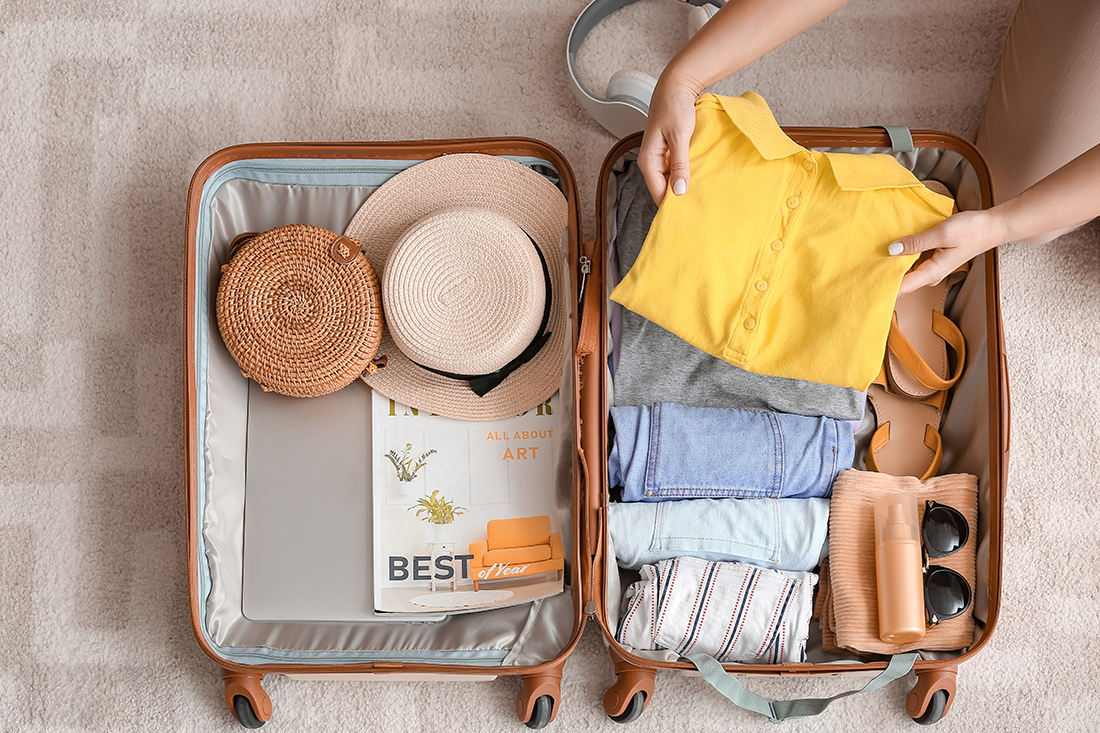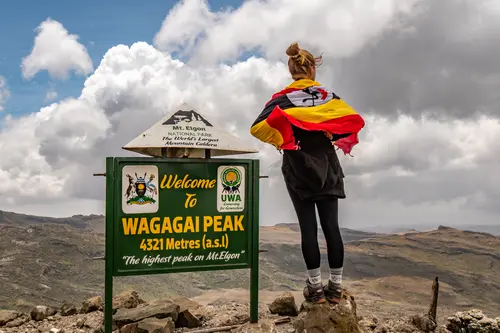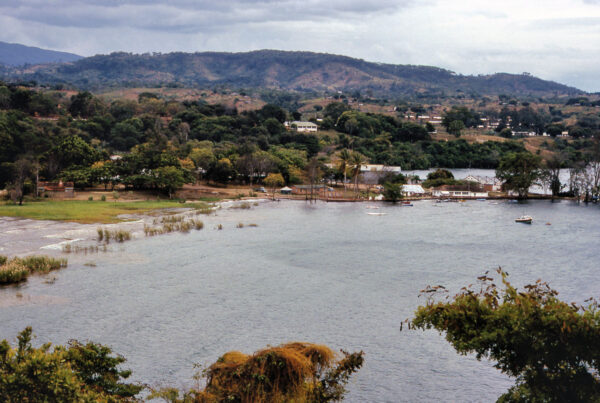Packing Essentials — Ssese Islands Cultural Tour for Photographers
Capturing Culture and Beauty in the Ssese Islands
The Ssese Islands, an archipelago of 84 islands in Lake Victoria, Uganda, have long captivated travelers with their blend of pristine beaches, rich biodiversity, and vibrant cultural heritage. For photographers, the islands offer a dual opportunity: to capture the unspoiled natural landscapes and to document the intricate lives of local communities. Planning a cultural tour here, however, requires more than curiosity and a camera; it demands careful preparation and thoughtful packing. The right gear, supplies, and attire ensure that photographers can focus on creating compelling visual stories while fully engaging with the cultural and natural richness of the islands.
Understanding the Ssese Islands as a Photography Destination
The Ssese Islands are renowned for lush tropical forests, palm-lined shores, and traditional fishing villages. Each island has its own character, from bustling communities with colorful markets to quiet beaches where daily routines unfold slowly. For photographers, the opportunity exists to capture both landscape and portraiture, documenting the interplay between human activity and nature. Early morning and late afternoon light are particularly ideal for photography, revealing textures, shadows, and colors that enhance storytelling.
Cultural immersion adds another dimension to photographic exploration. Traditional dances, fishing techniques, and market interactions offer dynamic subjects, while quiet moments—such as children playing on the shore or elders preparing meals—provide intimate glimpses into local life. For first-time visitors, understanding the nuances of these communities enhances both the ethical approach to photography and the depth of the resulting images.
Essential Photography Gear
Photography on the Ssese Islands requires careful selection of equipment to balance versatility, durability, and convenience. A DSLR or mirrorless camera with a range of lenses, including wide-angle for landscapes and telephoto for wildlife or candid shots, is highly recommended. Portable tripods, filters, and external flashes allow for creative experimentation in varied lighting conditions, from sun-drenched beaches to shaded forest trails.
Photographers should consider waterproof or weather-resistant equipment, as the islands’ tropical climate can be unpredictable. Rain protection for cameras, lens cleaning kits, and durable camera bags help maintain gear integrity. Extra batteries and memory cards are essential for multi-day tours, as power supply may be limited in remote accommodations. Compact drones, where permitted, can provide aerial perspectives of the archipelago, capturing the scale and interconnectivity of the islands while respecting local regulations and privacy.
Clothing and Personal Essentials
The tropical climate of the Ssese Islands requires lightweight, breathable clothing, but preparation should also account for sun exposure, humidity, and occasional rainfall. Loose, neutral-colored clothing helps blend into natural environments for wildlife photography, while also ensuring comfort during long walks or boat transfers between islands. Hats, sunglasses, and sunscreen are indispensable for sun protection, and insect repellent is necessary due to the presence of mosquitoes, especially near wetlands and lakeshores.
Footwear should balance comfort and utility. Lightweight hiking shoes are ideal for forested paths, while sandals or water shoes are practical for beach exploration and river crossings. Swimsuits may be included for leisure or for capturing aquatic landscapes, but photographers are advised to maintain modesty and cultural sensitivity in community areas.
Cultural Sensitivity and Ethical Considerations
A successful cultural tour on the Ssese Islands requires an attentive and respectful approach to the local communities. Photographers must seek permission before taking portraits or recording cultural rituals. Engaging with local guides or community leaders ensures that interactions are appropriate and that photography contributes positively to cultural preservation.
Understanding local customs, greetings, and behavioral norms enhances both the visitor experience and the authenticity of photographic storytelling. Observing festivals, market routines, and fishing practices without intruding allows photographers to capture genuine moments while maintaining trust and respect. This ethical approach not only enriches the images produced but also strengthens relationships with the island residents.
Travel and Logistics Essentials
Navigating the Ssese Islands involves a combination of boat transfers, walking excursions, and local transport. Waterproof bags for cameras and personal items protect against splashes during boat rides, while maps or GPS devices assist with orientation across the archipelago. Local guides provide invaluable insight into hidden trails, secluded beaches, and culturally significant sites that may not be easily accessible independently.
Travelers should prepare for limited connectivity in remote areas, carrying power banks and portable chargers to maintain communication and keep photography equipment functional. Health considerations, including malaria prophylaxis, first-aid kits, and access to clean water, are crucial for a safe and comfortable experience. Familiarity with local emergency contacts and park authorities ensures preparedness for unexpected situations.
Food, Accommodation, and Daily Essentials
Accommodations on the Ssese Islands range from eco-lodges and beach resorts to simple guesthouses, offering varying levels of comfort and amenities. Photographers traveling on multi-day tours should select lodgings that provide secure storage for equipment, proximity to prime photographic locations, and guidance for early morning and evening excursions.
Meals often feature locally sourced fish, fruits, and vegetables, providing both culinary experience and nutrition. Carrying personal snacks, hydration packs, and lightweight meal supplements is advised for long days of exploration, particularly in areas where amenities are limited. Ensuring proper hydration and nutrition supports sustained energy for both photography and engagement in cultural activities.
Planning Your Photography Schedule
For optimal results, photographers should structure daily schedules around natural light and wildlife activity. Early morning walks along beaches, through forests, and into village paths offer opportunities to capture birds, fishermen, and community life. Midday light may be harsher but can reveal textures in landscapes and architectural details. Late afternoon and dusk provide golden-hour lighting, enhancing portraits, landscapes, and water reflections.
Flexibility is essential, as weather, tides, and local events can influence accessibility to specific locations. By planning tentative itineraries while remaining adaptable, photographers maximize opportunities to capture both natural and cultural subjects, ensuring a diverse and comprehensive photographic portfolio.
Health and Safety Precautions
Photographers must prioritize personal safety and health while exploring the Ssese Islands. Sunburn, dehydration, and insect-borne illnesses are common risks in tropical climates. Adequate sun protection, insect repellents, and adherence to local hygiene practices reduce these risks significantly. Water safety is critical during boat travel and near lakeshores, with life jackets and cautious movement emphasized during excursions.
Solo travelers and groups alike are advised to maintain communication with guides, lodge staff, and emergency contacts, particularly when exploring remote or less frequented areas. By combining mindfulness with preparation, photographers can focus on creativity and cultural engagement without compromising well-being.
Balancing Creativity, Exploration, and Respect
A cultural tour of the Ssese Islands offers photographers an extraordinary blend of natural beauty and human heritage. Success on such a tour depends on preparation, respect for local communities, and careful attention to personal safety and equipment management. By packing thoughtfully, engaging ethically, and planning for both photographic and logistical challenges, travelers can fully immerse themselves in the islands’ dynamic landscapes and vibrant cultures.
For those eager to experience the Ssese Islands with seamless planning and expert guidance, it is recommended to book your Africa tours and safaris via WildHorn Africa, ensuring that every moment—from capturing intimate cultural scenes to photographing the archipelago’s scenic vistas—is safe, enriching, and memorable.





 WildHorn Africa – Authentic and unforgettable tours across Africa, guided by local experts who know the land, wildlife, and culture best.
WildHorn Africa – Authentic and unforgettable tours across Africa, guided by local experts who know the land, wildlife, and culture best.


